African Pearl Ugandan Coffee Bean Flavor and aroma describe how Ugandan coffee is
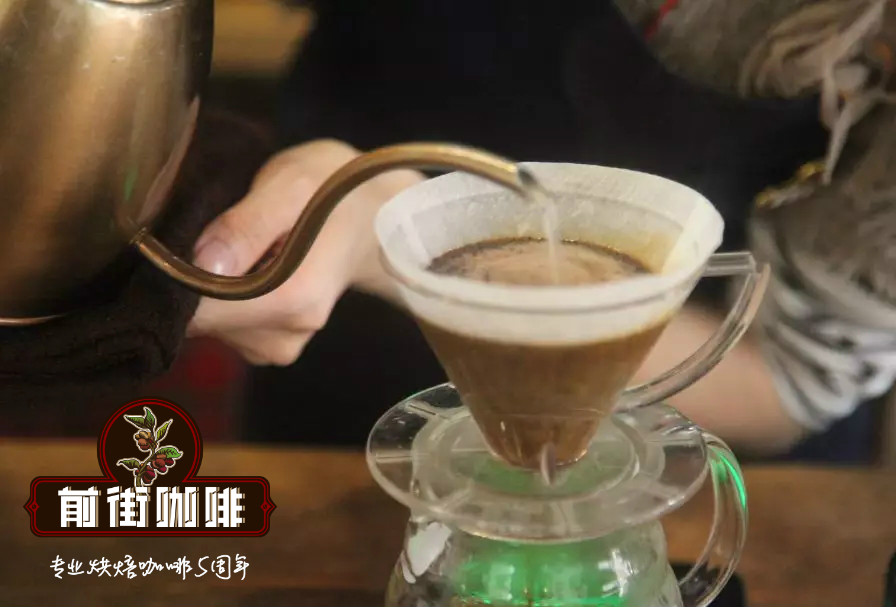
For professional baristas, please follow the coffee workshop (Wechat official account cafe_style)
Flavor characteristics
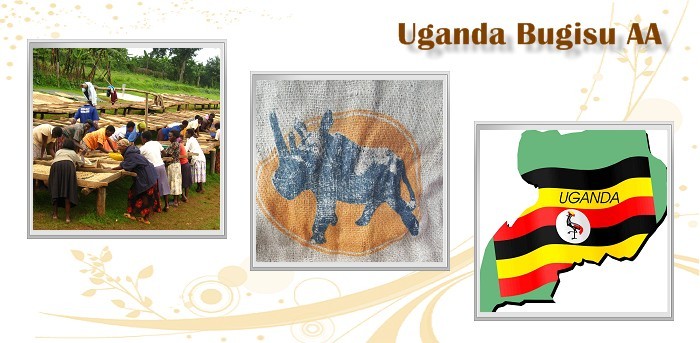
The most famous coffee producing area in Uganda is Mount Elgon (Bugisu) near the Kenyan border, about 1800 meters above sea level, is a rare Arabica variety in Uganda, using exquisite washing treatment, its coffee quality and taste, not inferior to Kenya's AA grade coffee beans.
The aroma of almonds is full-bodied and mellow, and the rich grease taste is smooth, followed by charming fruit aromas and slightly sour taste. After a slight cooling, Yuyun also shows a strong chocolate sweet taste, is a very rich level of coffee!
Production area introduction
The Republic of Uganda is a landlocked country in East Africa, also known as the Pearl of Africa. Like many East African countries, coffee production has a long history, just as Ethiopia is the origin of Arabica coffee!
However, due to the war caused by ethnic antagonism, the quality of coffee has never been improved. Happily, with the relaxation and stability of the situation in East Africa in recent years, the quality has been quite good in recent years.
Located at the source of the Nile, Uganda is a plateau country with dense forests, lakes, wetlands and rivers and abundant water resources. Coffee is the most important crop in Uganda, belonging to small-scale farming. There are about 500000 coffee farms in Uganda. Although 94% of the coffee is mainly planted in Robusta, only 6% of the boutique coffee is a traditional Arabica tree. However, the climate of the tropical rain forest in the Ugandan highlands makes these rare Arabica species have a unique coffee flavor.
Qianjie Coffee suggests brewing parameters in Uganda Coffee
Recommended cooking method: hand flushing
Filter cup: V60
Water temperature: 90 ℃
Powder / water ratio: 1:15
Degree of grinding: medium and fine grinding, that is, the thickness of fine sugar
Flushing and cooking technique: segmented extraction. Steam with 34 grams of water for 25 seconds, circle water injection to 130 grams, continue water injection to 226 grams when the water level is about to expose the powder bed, and remove the filter cup when the water level is about to expose the powder bed. (the time of steaming starts) the extraction time is 45 ".
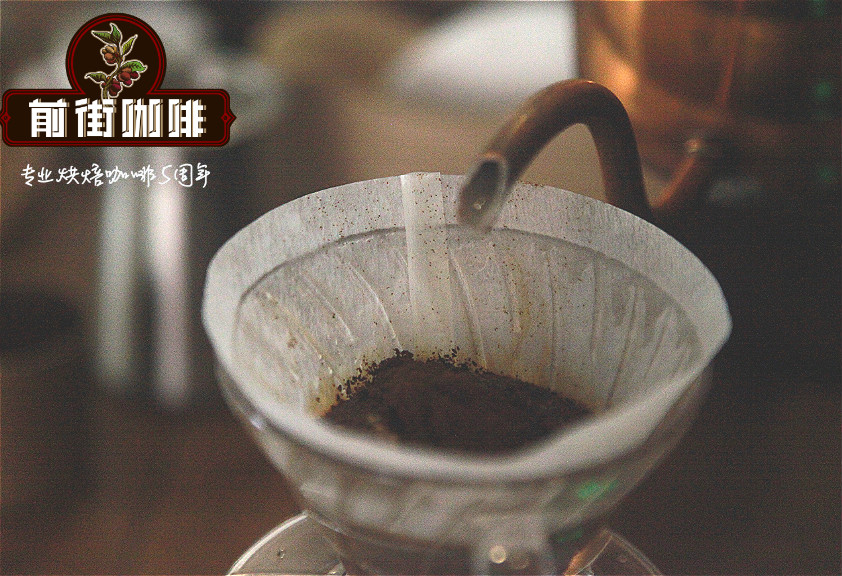
Qianjie Coffee suggests Ugandan Coffee Baking
This coffee has smaller particles, higher density, more heat absorption during baking and faster Mena reaction. In the first batch of roasting, the temperature of the beans was 210 degrees higher, and I kept exerting firepower before the coffee beans were dehydrated and yellowed to ensure that there were enough calories to last until the end of the baking.
The temperature of the bean is 200 degrees, and the firepower is relatively small, and the firepower is gradually increased according to the need in the baking process. Under this method, the dehydration time of coffee is longer than that of the first batch, and the heating rate is 6-8 degrees every 30 seconds.
This coffee has smaller particles, higher density, more heat absorption during baking and faster Mena reaction. In the first batch of roasting, the temperature of the beans was 210 degrees higher, and I kept exerting firepower before the coffee beans were dehydrated and yellowed to ensure that there were enough calories to last until the end of the baking.
The temperature of the bean is 200 degrees, and the firepower is relatively small, and the firepower is gradually increased according to the need in the baking process. Under this method, the dehydration time of coffee is longer than that of the first batch, and the heating rate is 6-8 degrees every 30 seconds.
Important Notice :
前街咖啡 FrontStreet Coffee has moved to new addredd:
FrontStreet Coffee Address: 315,Donghua East Road,GuangZhou
Tel:020 38364473
- Prev
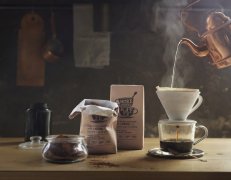
Why did IKEA buy large quantities of Ugandan coffee beans? How's the Ugandan coffee?
The exchange of professional baristas please follow the coffee workshop (Wechat official account cafe_style) IKEA intends to get involved in the coffee chain retail chain to join the ranks of selling coffee beans? According to Bloomberg, IKEA will buy large quantities of Arabica coffee beans from the White Nile region of Uganda over the next two years and sell them under the brand name Ptr. After all, what are the characteristics of coffee beans from this area?
- Next
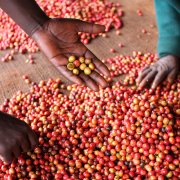
Introduction of Kenyan AA Coffee Bean varieties Kenya Coffee brewing technique course
Professional barista communication Please follow the coffee workshop (Wechat official account cafe_style) in recent years, more and more people like to drink coffee, and they are more and more fastidious about the taste, aroma and other aspects of coffee. In the past, we must have heard the older generation always say: coffee must not be sour! Coffee only
Related
- Detailed explanation of Jadeite planting Land in Panamanian Jadeite Manor introduction to the grading system of Jadeite competitive bidding, Red bid, Green bid and Rose Summer
- Story of Coffee planting in Brenka region of Costa Rica Stonehenge Manor anaerobic heavy honey treatment of flavor mouth
- What's on the barrel of Blue Mountain Coffee beans?
- Can American coffee also pull flowers? How to use hot American style to pull out a good-looking pattern?
- Can you make a cold extract with coffee beans? What is the right proportion for cold-extracted coffee formula?
- Indonesian PWN Gold Mandrine Coffee Origin Features Flavor How to Chong? Mandolin coffee is American.
- A brief introduction to the flavor characteristics of Brazilian yellow bourbon coffee beans
- What is the effect of different water quality on the flavor of cold-extracted coffee? What kind of water is best for brewing coffee?
- Why do you think of Rose Summer whenever you mention Panamanian coffee?
- Introduction to the characteristics of authentic blue mountain coffee bean producing areas? What is the CIB Coffee Authority in Jamaica?

